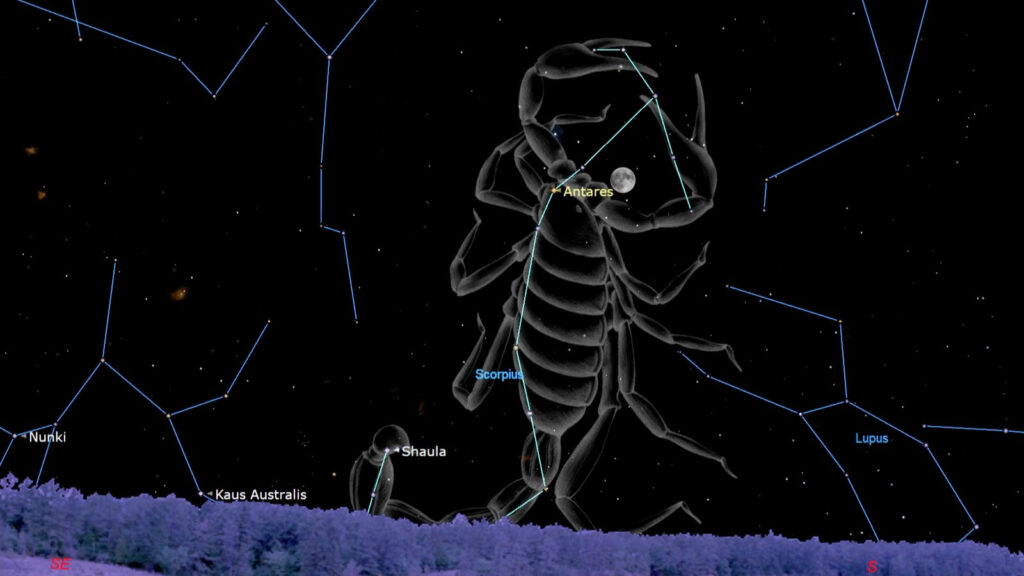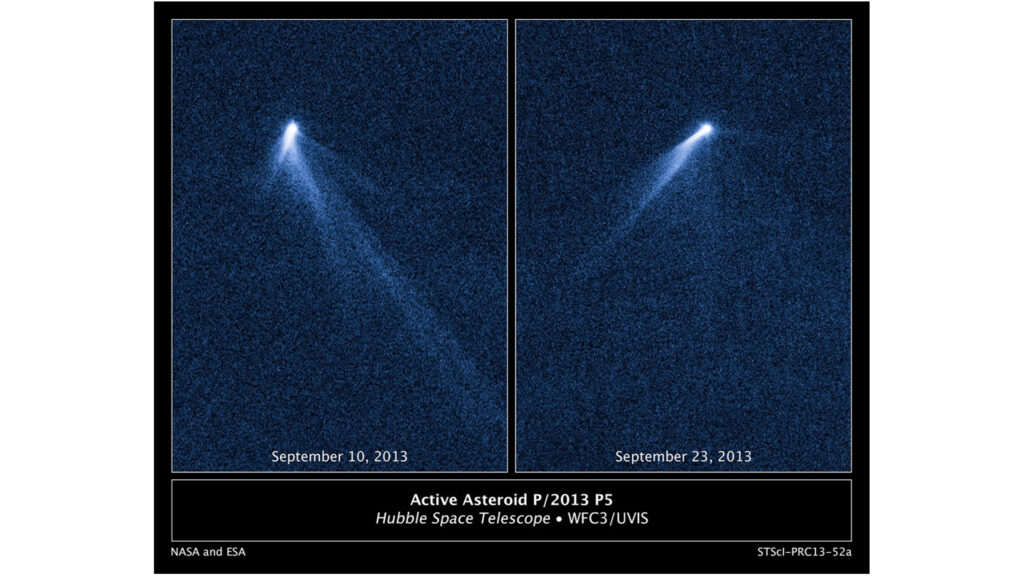The United States conducted another routine test of its nuclear deterrent system by launching an unarmed intercontinental ballistic missile.
The unarmed Minuteman III intercontinental ballistic missile (ICBM) took off from Vandenberg Space Force Base in California at 1:26 a.m. local Pacific time (0526 GMT) on Sept. 6. The test launch saw the missile deploy three undisclosed reentry vehicles that splashed down into the Kwajalein Atoll in the Marshall Islands some 4,200 miles (6,760 km) away.
Col. Bryan Titus, vice commander of Space Launch Delta 30, oversaw the launch on behalf of the U.S. Space Force and praised personnel tasked with maintaining the U.S. ground-based missile system.
“The Airmen and Guardians who perform this vital mission are some of the most skillfully trained and dedicated personnel in America’s Air Force,” Titus said in a Space Force statement. “These test launches demonstrate the readiness of U.S. nuclear forces and provide confidence in the lethality and effectiveness of the nation’s nuclear deterrent.”
Related: How Intercontinental Ballistic Missiles Work (Infographic)
Intercontinental ballistic missiles are launched into suborbital space with a rocket motor before releasing their payloads back towards Earth, where they plummet on ballistic (free fall) trajectories.
The flight profile for the Sept. 6 test was not made public, but the Minuteman III has a flight ceiling of 700 miles (1,120 km) above Earth, according to a U.S. Air Force fact sheet. The missile can reach a top speed of around 15,000 mph (24,000 kph).

The fact that a single Minuteman III ICBM launched three unarmed reentry vehicles would seem to indicate that the test verified what are known as Multiple Independent Reentry Vehicles, or MIRVs.
This type of ICBM payload contains multiple warheads that are capable of striking different targets after being released along various trajectories once they reenter Earth’s atmosphere. The Minuteman III was the first missile to be equipped with such a capability.

RELATED STORIES:
Space Launch Delta 30 oversaw a similar launch nearly a year ago to the day on Sept. 7, 2022. That test also saw a Minuteman III ICBM deliver three undisclosed reentry vehicles from Vandenberg to the Ronald Reagan Ballistic Missile Defense Test Site in the Marshall Islands’ Kwajalein Atoll region.
The Minuteman III has been in service since 1970 but is set to be replaced by 2030 with the upcoming LGM-35A Sentinel. The Sentinel is expected to be operational through 2075, according to the U.S. Air Force Nuclear Weapons Center.


